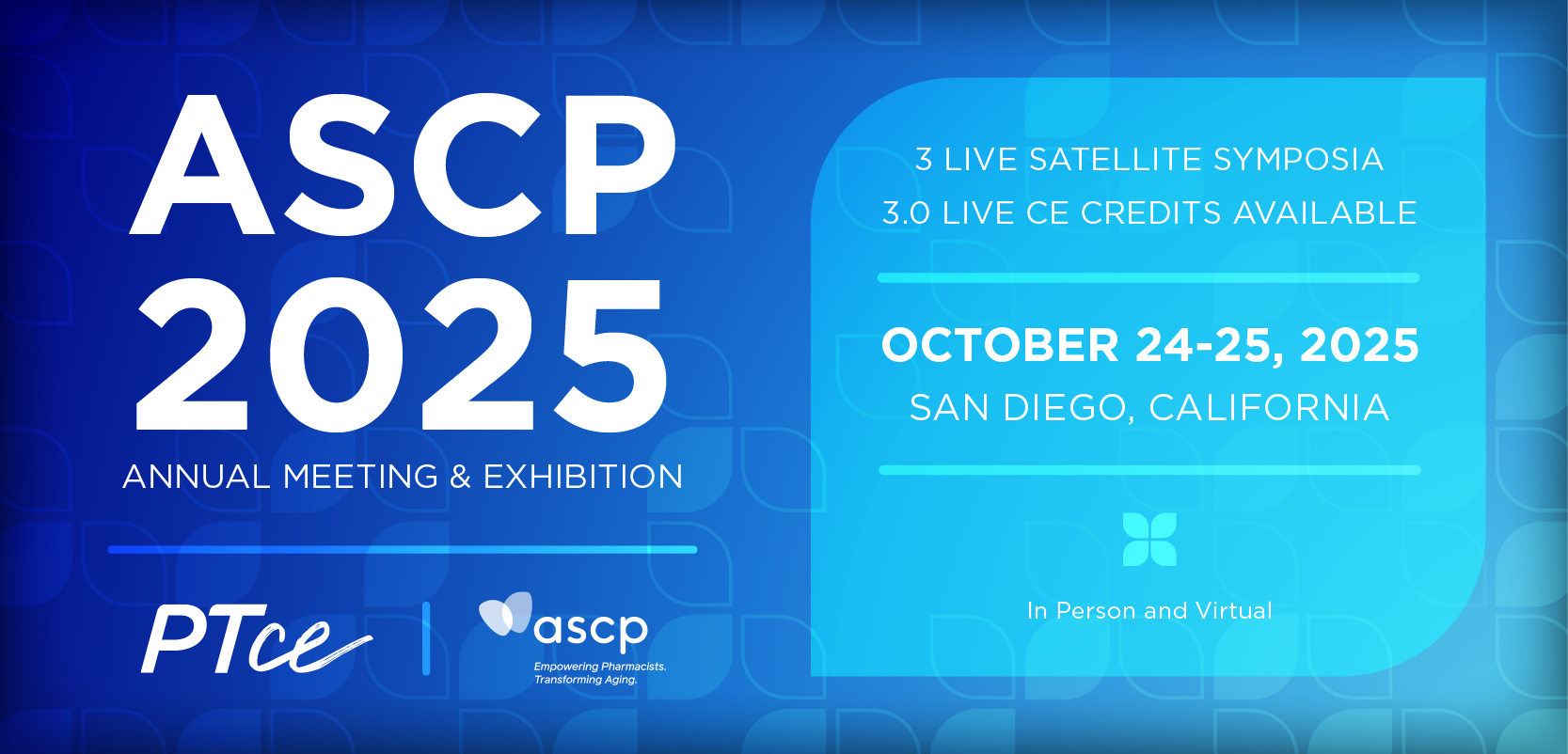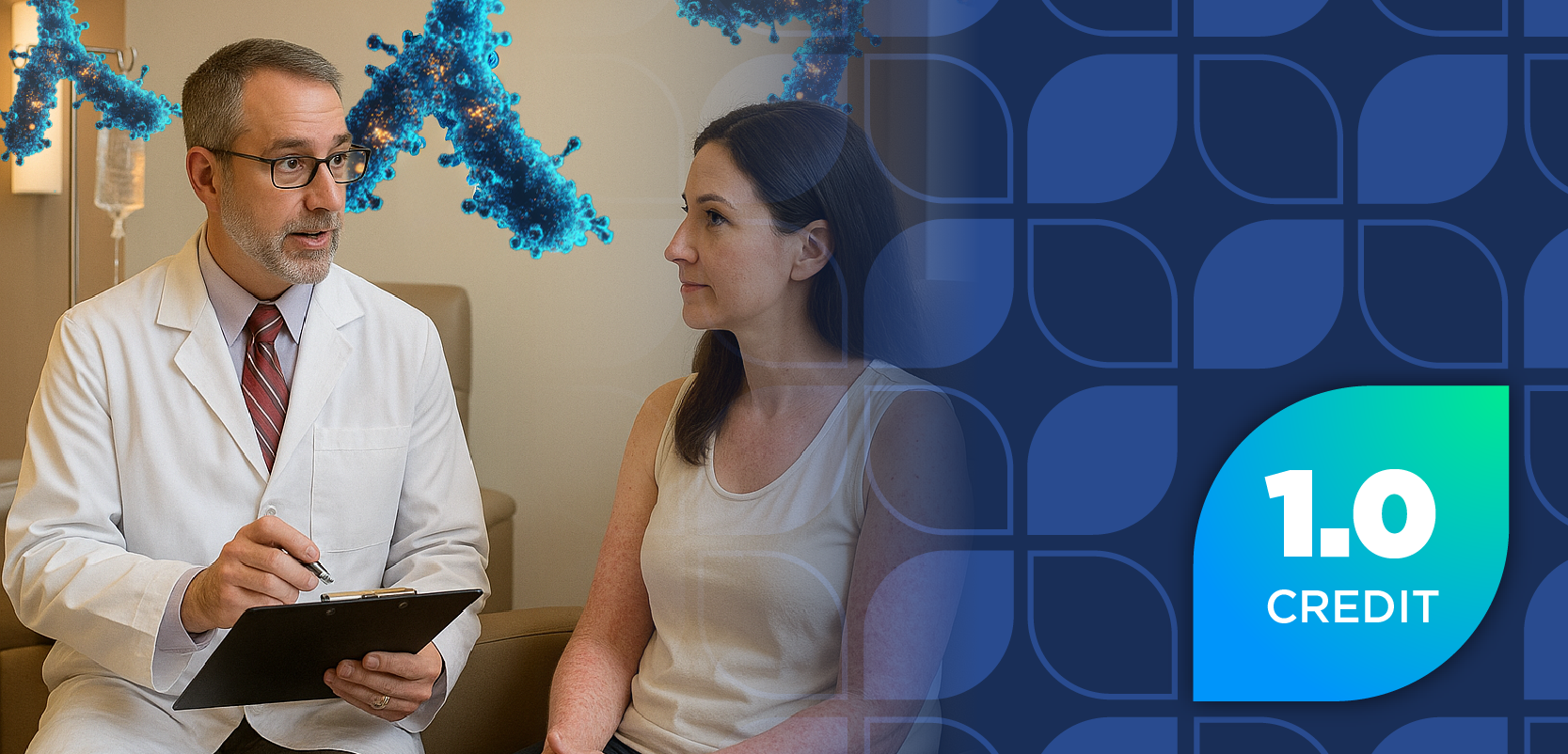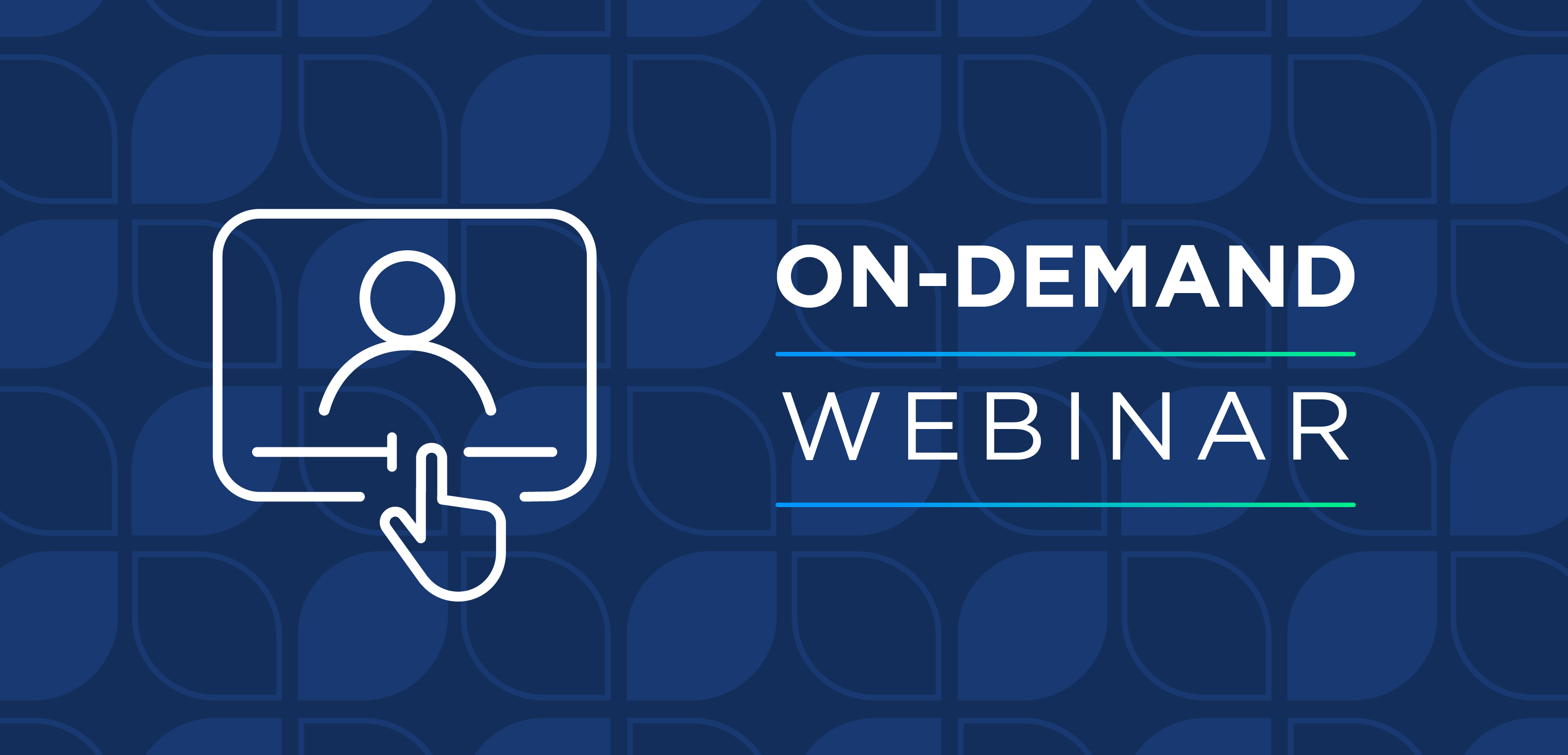
A Predictive Modeling Primer for Specialty Pharmacy
As the industry focuses more on value-based care, predictive modeling allows pharmacies to shift their services from a one-size-fits-all approach to a personalized, high-touch strategy.
All industries rely on the flow of information in formats ranging from well-groomed surveys and sales reports to inconsistent fax images and call logs. These data create an opportunity for advanced analysis, leading to the processing and examining of historical data (also known as real world data) to unlock the information hidden within and better explain current behavior.1
Taken a step further, these analyses can provide an opportunity for predicting future behavior (ie, predictive modeling). Predictive modeling is the process of assessing future outcomes by detecting relationships or patterns in existing data via mining/wrangling, advanced statistics, or machine learning techniques.1,2
As the industry focuses more on value-based care, such techniques allow pharmacies to shift their services from a one-size-fits-all approach to a personalized, high-touch strategy. This is especially true within specialty pharmacy, where there is a greater emphasis on patient support that targets complex pharmaceutical uses and outcomes. Through predictive modeling, personalized treatment and adherence expectations can be better integrated with the patient’s unique attributes and contextual factors.2
The goal of predictive modeling is to identify actionable insights from a known set of metrics that accurately anticipate future events. Those actionable insights that most strongly predict an event can then be the target for earlier intervention and potentially greater efficacy.3
Figure 1 displays a data science framework for understanding key areas of overlapping function applicable to most organizations.4 As can be seen, effective use of a data strategy, including predictive modeling, is an interdisciplinary, cross functional process.
Figure 1. Data Science Conceptual Framework
The 2 main statistical methods commonly used in creating predictive models are distinguished by how the model “learns” about the data being analyzed. These methods are referred to as “supervised” and “unsupervised” learning.5 These system-state and result relationships allow the predictive model to infer the expected result of a new state.
In supervised learning, input variables (ie, factors) are mapped to a single numerical output (regression) or sorted into buckets of similar results (classification) with the aim of being capable of deriving an output from new future inputs.5 By doing so, new factors can be tested against the model to predict an outcome.
In contrast, unsupervised learning uses only input variables with the aim of detecting hidden patterns or underlying structure in the data.5 As such, unsupervised learning is more about discovery, and supervised learning is better suited to confirmation.
While the methods of implementing a predictive model are numerous and outside the scope of this article, creating a strong predictive model follows a general set of steps, including:3
1. Data collection
2. Preparation of data for analysis
3. Model building using training data
4. Model validation using test data
5. Evaluation of model predictions using new input data
6. Monitoring of model results and modification as necessary
Examples of predictive modeling in the healthcare industry can be found in the provider, payer/insurance, pharmaceutical manufacturer, and public health settings.6 In medicine, predictive models have been used to predict mortality and hospital readmission rates, determine the likelihood of disease onset and progression, help physicians with diagnoses based on certain patient characteristics, and much more.6
Medical insurance companies are using these techniques to predict future medical costs based on patient characteristics included in the predictive model.6 Pharmaceutical companies can use predictive models to more closely match targeted, low-production medicines to those who will benefit most.
The change in care from a “shotgun-style” or one-size-fits-all approach to a more targeted one is helping drive the expanding concept of precision medicine and can be used to help justify a drug’s clinical and economic viability. Similarly, there are growing efforts within the specialty pharmacy industry to embrace and leverage these new technologies to better meet patient support needs, optimize business and clinical operations, and reduce costs.7
Big Data Strategy is a Must
The definition of big data varies by industry and even organization but can loosely be described as consolidating a company’s (often very large amount of) data into a system in which it can be more effectively leveraged. As computing power has become more accessible and analytical tools more user friendly, companies have pushed for more data-driven solutions.
The amount of data being acquired and stored has grown exponentially as a result of the data revolution. For perspective, 90% of the data generated in the history of the world have been produced in the last 2 years.8
Similarly, by collecting and moving as much data as possible into a single system, inferences from normally disparate systems can be drawn without disrupting normal operations. Classic examples of unconventional relationships include the 7-fold surge in purchasing of Pop-tarts before a hurricane or relating a person’s credit to their correct use of capitalization.9
This sort of indiscriminate data collection reveals novel relationships that would previously only be found if specifically sought (ie, a priori), but these relationships are counter-intuitive and unlikely to be sought prospectively. Lee and Yoon summarize this idea well, referring to big data as “hypothesis-generating, rather than hypothesis-testing.”10 In this sense, it becomes the organization’s data laboratory where various ideas can be modeled, tested, and validated before implementation.
Patient Adherence-Need Triaging: An Example Predictive Model
Opportunities to benefit patients and the specialty pharmacy arise when:
- Costs can be lowered without impacting care.
- Additional services can be offered without impacting cost.
- Services can be improved while reducing costs.
These scenarios all represent win-win solutions for the patient and the specialty pharmacy.
One example of predictive analytics within specialty pharmacy is evaluating a patient’s expected adherence to a new therapy. Adherence is generally defined as how compliant a patient is with the treatment plan given by their health care provider.7
Better adherence leads to better outcomes, which is the shared objective of the patient, the specialty pharmacy, and the health care system. Adherence is often measured after a set period (eg, first 3 prescription fills), with the initial period often representing the period most at risk for non-adherence.
To help solve this catch-22, a predictive model was developed out of available real world data to accurately identify those patients most at risk to struggle with adherence or prematurely discontinue therapy. Figure 2 displays the model’s general approach to triage.
Patients at high risk of non-adherence or therapy discontinuation can then be targeted for additional preemptive support services, whereas those at low risk require less support. The predictive model is used to select a risk-appropriate intervention type and program intensity based on a person’s profile of modifiable risk factors.
Similarly, to balance these new services and manage costs and labor, those with lower risk profiles may be offered more self-service options (eg, a patient portal) for managing their therapy. Increasing the odds of keeping at-risk patients on their treatment plan during the initial at-risk evaluation period—while offering convenience of resources for those at less risk—creates a win-win scenario for both the patient and specialty pharmacy.
Figure 2 - High-level Overview of Predicting Patient Adherence
Big data have created opportunities in many industries, including specialty pharmacy, to build predictive models that create actionable insights by anticipating future outcomes. Specialty pharmacy’s primary goal is patient care: balancing operational efficiencies and affordability, while offering various support services to help patients manage health conditions and optimize treatment.
In the example of adherence triage, large data sets of hundreds of thousands or even millions of records were needed to create a model accurate enough to be actionable. The application of predictive modeling in specialty pharmacy will undoubtedly increase as well.
Our example illustrates the use of predictive modeling to accurately identify those patients most at risk to discontinue or not strictly adhere to treatment, allowing more targeted interventions for the at-risk populations. Predictive modeling is a critical analytical tool that will continue to provide practical solutions in the future as more industries begin to implement them into the workflow and recognize their benefits to clients and their businesses.
As the application of predictive modeling continues to expand, it will be increasingly important to consider the type and quality of the available real world data. If a specialty pharmacy or any organization is going to get the most out of predictive strategies, it will need to specifically review (and in some cases test) the predictive quality of the available data.
Organizations should consider data gaps that could be filled to enhance prediction, personalization, and intervention. The resources needed to build the predictive model might not be available, which can delay the use of big data.
Even if a predictive model is built, the cost of system integration might be a limiting factor, as making amendments to a current operating system can be difficult and costly. Despite these challenges, predictive modeling and the use of big data will be beneficial throughout all industries, including the specialty pharmacy space, providing actionable insights by anticipating future outcomes.
References
- Data Analytics Vs Predictive Analytics - Which One is Useful. (2019). Retrieved 22 November 2019, from https://www.educba.com/data-analytics-vs-predictive-analytics/.
- Hernandez, I & Zhang, Y. (2017). Using predictive analytics and big data to optimize pharmaceuitcal outcomes. Am J Healths-Systems Phamacy, 74(18)m 1494-1500. Doi 10.2446/ajhp161011.
- Predictive Modeling: The Only Guide You Need. (2019). Retrieved 22 November 2019, from https://www.microstrategy.com/us/resources/introductory-guides/predictive-modeling-the-only-guide-you-need#medical.
- Ballard, B. G. (2017, April 1). Retrieved from bengballard.com /uncategorized/data-science/.
- Supervised Learning vs Unsupervised Learning - Best 7 Useful Comparison. (2019). Retrieved 22 November 2019, from https://www.educba.com/supervised-learning-vs-unsupervised-learning/.
- Seven ways predictive analytics can improve healthcare. (2019). Retrieved 22 November 2019, from https://www.elsevier.com/connect/seven-ways-predictive-analytics-can-improve-healthcare.
- Jimmy, B., & Jose, J. (2011). Patient Medication Adherence: Measures in Daily Practice. Oman Medical Journal, 26(3), 155-159. doi: 10.5001/omj.2011.38.
- Big Data, for better or worse: 90% of world's data generated over last two years. (2019). Retrieved 22 November 2019, from https://www.sciencedaily.com/releases/2013/05/130522085217.htm.
- Guest Blog: 9 Bizarre and Surprising Insights from Data Science. (2019). Retrieved 22 November 2019, from https://blogs.scientificamerican.com/guest-blog/9-bizarre-and-surprising-insights-from-data-science/.
- Lee, C., & Yoon, H. (2017). Medical big data: promise and challenges. Kidney Research And Clinical Practice, 36(1), 3-11. doi: 10.23876/j.krcp.2017.36.1.3.
Newsletter
Stay informed on drug updates, treatment guidelines, and pharmacy practice trends—subscribe to Pharmacy Times for weekly clinical insights.



















































































































































































































